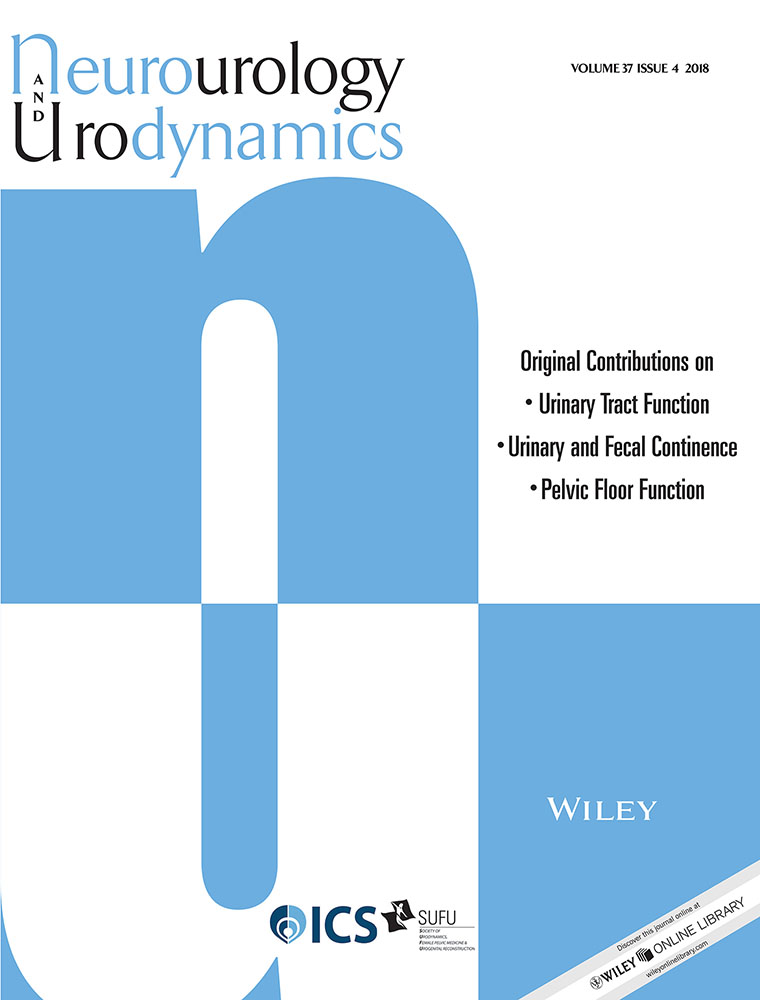Neobladder—Vaginal fistula: The University of Southern California experience
Abstract
Aims
The use of orthotropic neobladder (ONB) construction in women has increased in popularity. With increasing numbers so have complications distinct to this procedure. Neobladder vaginal fistula (NVF) is a rare but challenging complication. We present our experience correcting this problem.
Methods
An IRB approved database of female patients with an ONB was retrospectively reviewed. Patients with a history of NVF were identified and charts reviewed. Our standard technique of radical cystectomy and orthotopic diversion in female patients includes interposition of omentum between the neobladder and anterior vaginal wall and sacrocolpopexy.
Results
Two hundred and forty-nine female patients underwent cystectomy and ONB construction between 1995 and 2015. Fourteen patients were diagnosed with a NVF (5.6% incidence). The average age and follow-up was 67 years and 33.7 months, respectively. Surgery for fistula closure was attempted in 13 patients. One repair was combined abdominal and transvaginal; the remaining 12 were performed transvaginally. Location of NVF was categorized as at the urethra-neobladder anastomosis (UNA, nine patients) and anterior vaginal wall (AVW, four patients). Eight patients had a successful fistula repair (61.5%) but only five patients ultimately retained their ONB (39%).
Conclusions
Patients with a NVF pose a surgical challenge. Successful fistula repair does not necessarily result in adequate continence due to an incompetent outlet. NVF location at the UNA is the more common location and is more challenging in regard to successful resolution of the NVF as well as possible urinary incontinence post-NVF repair.




